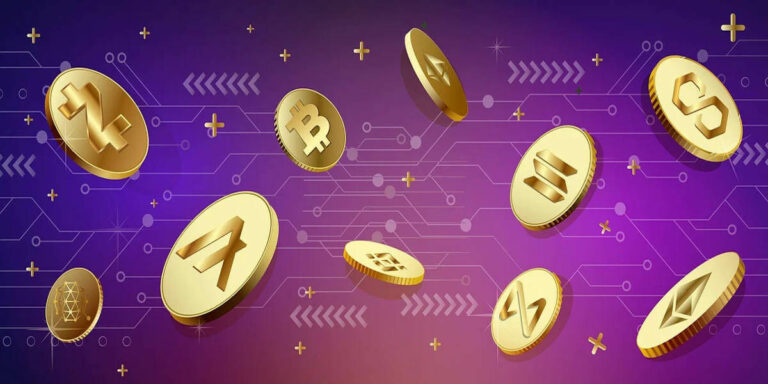
Different types of digital currencies have become a big deal worldwide, changing the way we handle money. But what exactly is it, and how does it affect our lives? In this article, we’ll explore digital currency and how it fits into today’s world.
We’ll look into different digital forms of money, like Bitcoin, virtual money, tokens, and more. We’ll also talk about what makes it special compared to regular money. Plus, we’ll go over the good and bad sides of using it so you can make smart choices. Finally, we’ll think about how the different types of digital currency might change the way we handle money in the future.
Are you ready to learn the digital currency types on the market? Then let’s dive in.
- 1. The Concept of Digital Currency: September Update
- 2. Types of Digital Currencies: Digital Money Examples
- 3. Key Features of Digital Currencies
- 4. Pros and Cons of Using Digital Currency
- 5. How is the value of digital currency determined?
- 6. Future Applications of Digital Currency
- 7. Conclusion
- 8. FAQ
The Concept of Digital Currency: September Update
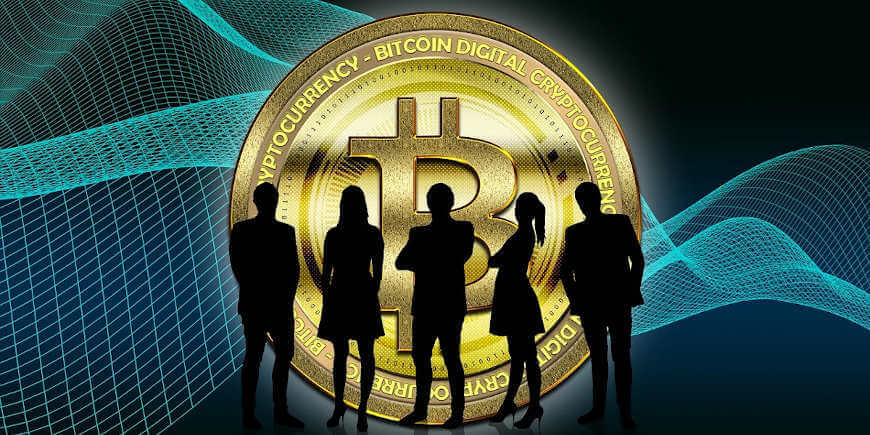
Digital currency is a type of money that exists only in electronic form, and it doesn’t rely on any central bank or government. It uses blockchain technology to make sure transactions are safe. We have already explained what is digital currency. In this post, we will dive deeper. We take a look at the different types of digital currencies.
You might have heard of cryptocurrencies like Bitcoin, Ethereum, and mining cryptos. You’re not connected to commercial banks or accounts. But, there are some worries about things like illegal money activities and the possibility of hackers. Still, you can access all different types of digital currencies using special apps on your smartphone. As of September, the total value of all types of digital currencies out there is more than $2 trillion, which is a lot of money!
Now, there’s something else happening called “Central Bank Digital Currency” (CBDC). These government versions, like the electronic yuan or dollar (Dcash). They’re trying to connect the old way of using money with this new online stuff.

Unlock Your Crypto Potential: Become a Market Maverick with Expert Coaching!
Are you ready to dive into cryptocurrency but need some advice? With our personalized 1:1 coaching, you’ll learn to:
Understand – the fundamentals of cryptos and how they impact value.
Navigate – through the volatile crypto market with confidence.
Identify – new lucrative opportunities that maximize returns.
Manage – exchanges and risk to protect your investments.
BOOK EXPERT COACHING NOWUnderstanding Digital Currency and Crypto Apps
Digital currency is a type of virtual money that you can use online and store in special wallets. It’s different from physical money because it only exists in electronic form, so you don’t need physical bills or coins. When you make transactions with it, they get recorded on a blockchain, which is an electronic ledger that makes sure everything is transparent and secure.
Using this type of currency has a lot of advantages, like making financial transactions more convenient and efficient. Understanding digital currency is important as our world becomes more dynamic, and it’s something everyone should know about. Different types of digital currency becoming popular. It helps people who don’t have regular bank access to manage their finances. Plus, it makes it easier and cheaper to send money across borders and speeds up global money transactions. Therefore, more and more people start using different types of digital currency. It could change how businesses work.
Types of Digital Currencies: Digital Money Examples
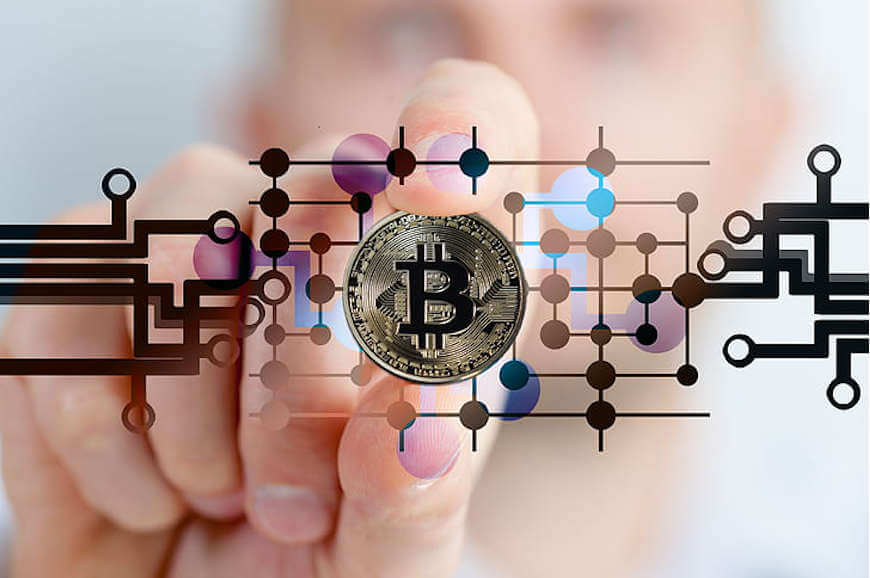
There are many different types of digital currencies. Well-known are cryptocurrencies. These different types of digital currencies are becoming really important in the world of money. They’re giving us new ways to deal with money. They might even change how different industries work and make sure more people can use financial services.
From Bitcoin to electronic yuan (the Chinese version of e-cash), these new kinds of money are starting to take over. And as technology gets even better, more and more people are looking at what computer-based currencies can do, which is good news for everyone. Now, let’s dive into the different types of digital currency we know as of today. Here are all known digital money examples:
Cryptocurrencies: From Bitcoin, and Ethereum, to Mining

Cryptocurrencies, such as Bitcoin and Ethereum, are digital currencies that work on something called blockchain technology. This technology makes sure that all transactions are open and safe, which is why lots of people are interested in using cryptocurrencies instead of regular money.
One cool thing about cryptocurrencies is that they let you make transactions with a bit more privacy, and they usually have lower fees. The value of cryptocurrencies goes up and down based on how much people want them, which means you can potentially make money if you invest in them.
Cryptocurrencies are also becoming more popular as a way to pay for things, which makes life more convenient. As more and more people get used to using these digital currencies, they’ll probably become even more important in how we do money stuff.
Stablecoins: How Tether and Blockchain Disrupt Finance
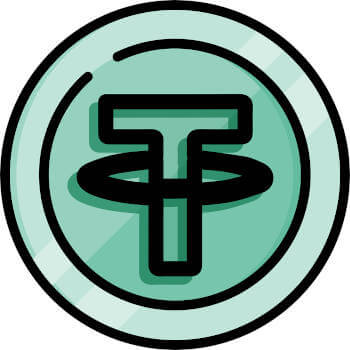
Stablecoins are a kind of electronic money designed to keep their prices steady. They’re usually tied to regular money like the US dollar or Euro, which makes them stay at a stable value. One great thing about stablecoins is that they give you the advantages of cryptocurrencies but without the ups and downs in price.
Some examples of stablecoins are Tether (Ether) and USD Coin. These electronic monies are used for buying things and saving money, just like regular cash. People like stablecoins because they don’t change in value as much as other cryptocurrencies do. Because they’re reliable and don’t jump around in price, even banks and regular folks find stablecoins interesting.
Central Bank Digital Currencies (CBDCs): The China Effect

Central Bank Digital Currencies (CBDCs) are like electronic versions of money created by a country’s main bank. They want to take the good things from regular and e-money and put them together. CBDCs are a way for banks to connect the real world and the online world. These can help more people join the banking system, especially those who don’t have bank accounts.
CBDCs can also make payments work better, making it easier and safer to pay. China and England are about to make their own CBDCs. Some important organizations, like the United States Federal Reserve, the European Central Bank, and the Bank of England, are even thinking about making their own e-money. With CBDCs, everyday people can use it and still trust that the central banks are taking care of things.
Virtual Currencies
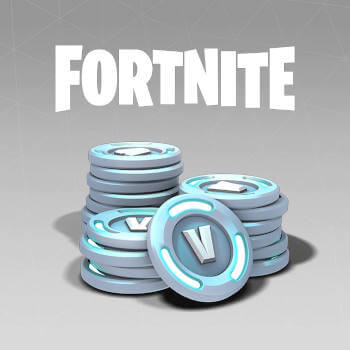
Virtual currencies, like the money you might use in video games such as Second Life’s Linden Dollar and Fortnite’s V-Bucks, have become a big part of online gaming and virtual worlds. These virtual forms of money are liked by gamers and people who are into virtual economies because they let you buy things in the virtual world. As the world keeps moving into the virtual money world, it’s important for everyone to know how they work and what they mean.
Tokens and Tokenized Assets

Tokens and tokenized assets are important in the world of digital currency. NFTs changing the world. These electronic assets stand for ownership or access rights and are made and controlled on blockchain platforms. Tokens can represent many things like real estate, artwork, or loyalty points.
One big advantage of tokenized assets is that they make it easier for investors to buy and sell them in smaller parts, which helps them spread their investments around. Besides that, tokens can be used to make decentralized apps and smart contracts, which are changing the way things work in finance, supply chain management, and real estate. Thanks to blockchain technology, tokens, and tokenized assets have a lot of exciting possibilities for the future of finance and managing assets.
Utility Tokens
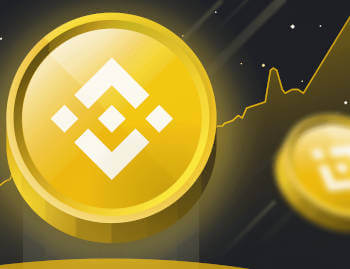
Utility tokens have a practical role in a specific system, letting people use products or services. It’s the door opener to blockchain-based ecosystems. Unlike tokens meant for investment, they’re not for trying to make money through speculation. Utility tokens have some advantages, like discounts, the ability to vote, or special access to certain things.
Examples of utility tokens are Binance Coin and Ethereum’s Gas. These tokens are really important for making blockchain technology work smoothly in different industries. They encourage people to join in and help the whole system grow by offering real benefits.
Privacy Coins
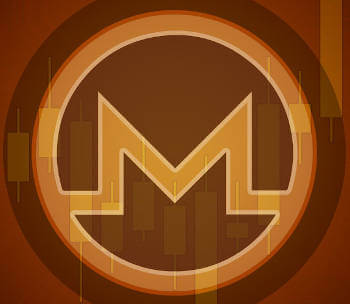
Privacy coins like Monero, Dash, and Zcash provide extra privacy and security when you make transactions. They use complex math techniques to keep your identity secret, making it really hard for anyone to figure out who’s behind a transaction. While privacy coins offer a different way to do transactions compared to regular blockchains, some people worry that they might be used for illegal stuff. But it’s worth mentioning that privacy coins can also be used by folks who care about keeping their financial activities private and don’t want others snooping around.
Regional and Industry-Specific Coins
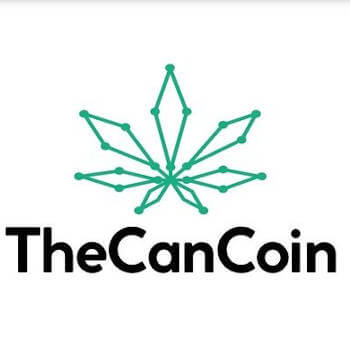
Specialized crypto coins are becoming more important in this space. These coins are designed to help specific places or industries. For example, there are coins like ‘Scotcoin‘ in Scotland and ‘Cancoin‘ in Canada that make it easier for people to buy and sell things in those areas. There are also coins made just for certain industries, like healthcare, gaming, and real estate. These special coins are changing how electronic cash works by taking care of the needs of different groups of people.
Key Features of Digital Currencies
Digital currencies, like cryptocurrencies, are a bit different from the money we’re used to. They work on a special kind of network that’s not controlled by any one big company or bank. This means people can send money to each other directly, without needing a middleman like a bank.
One cool thing about digital currencies is how fast and safe transactions can be. They use blockchain technology, which keeps everything super clear and safe. You can keep and move your value in electronic wallets, which are like special apps for your money. They make it easy to save and send money with just a few clicks. Another great thing is that digital currencies can help more people join the world of banking. There are lots of people who don’t have access to banks, but they can still use digital currencies.
Digital currencies have some special characteristics and features that make them different from regular money. One important thing is that it only exists online, and you can’t hold it in your hand like coins. This makes it easy to use on the internet without needing a physical bank. Another important thing is that computer-based cash is very safe because it’s protected by special codes. This keeps your transactions secure and protects against hackers.
It can also be used in smart contracts, which are like computer programs that can handle transactions automatically. This means you don’t always need someone in the middle to make sure the money goes where it should. And one more thing, this asset isn’t controlled by any one person or government. In the end, it’s different and exciting because of these special features.
Pros and Cons of Using Digital Currency

Digital currencies have potential benefits like faster, cheaper, and easier transactions. They also help people who don’t have a bank account for financial services, which is a good thing. Digital currencies use blockchains to make money transactions safe and transparent. But as always, we have to compare the pros and cons. So here we go:
Advantages
Digital currencies have brought about a big change by offering many advantages. One major benefit is that they get rid of middlemen, to lower costs and increase speed. Also, digital currencies let people make payments across countries without needing to exchange anything. Another important thing is that digital currencies can help more people who don’t have access to regular banks. On top, digital currencies can help with sending money to other countries and settling international deals, which becomes quicker and less expensive.
Drawbacks
Digital currencies have some good sides, but they also come with problems to think about. One big worry is how their prices can change a lot, making it hard to know how much they’re worth. Also, digital currencies can get stolen by hackers. There are rules and laws that aren’t very clear about using digital currencies, which can be confusing. Lastly, we need to make sure people are safe when they use it. It’s important to look at both the good and bad things about digital currencies.

Want to Build Wealth with Cryptocurrency?
Unlock the full potential of crypto investments. We teach you how to:
Manage Crypto Asset – trade, and store digital assets securely.
Minimize Risks – through insights on how to deal with volatility and security risks.
Build Wealth – with customized advice for your individual needs.
BOOK YOUR LIVE SEMINAR NOWHow is the value of digital currency determined?
The price of digital currency depends on a few things. These include how many people want it, how much is available, what people think about it, how useful and popular it is, rules set by the government, and the general state of the market.
Future Applications of Digital Currency
Digital currencies could completely change how our money system works. The biggest future application will be how our government will implement CBDCs. It will help more people access banking services, and speed up the shift away from using physical money. Digital currencies are gaining popularity, and we’re discovering more useful applications. One important way is by making it easier to send money across borders and reducing fees for doing so. Digital currencies can also be used to create and exchange electronic items, like NFTs, changing how we prove who owns something. Additionally, when digital currencies are added to payment systems, it can make business processes like supply chain and trade finance smoother and more convenient.
Conclusion
In conclusion, digital currencies have changed the way we think about and use money in today’s world. There are different types of digital currencies like Bitcoin, stablecoins, and CBDCs, each with its own special uses. Digital currencies are exciting and decentralized, making transactions secure, and allowing for easy money transfers across borders. However, there are also some downsides to think about, such as the fact that their prices can change a lot and that there are rules and regulations to follow.
It’s important to keep learning about different types of digital currencies and how they might affect you. As various stakeholders, you could also take a first step to learn more about these financial products. Contact the Crypto Experts from iMi Blockchain today to learn more about Blockchain and Cryptocurrencies.
Learn all about Crypto!
Book a 1to1 Training
Watch our Webinars
Enroll in Online Courses
Learn Cryptocurrency Trading
Become a Professional
Free Crypto News!
Get news about Cryptos.
On top, you’ll get our free blockchain beginners course right away to learn how this technology will change our lives.
FAQ
Which was the first digital currency?
The concept of digital currency dates back to the early days of the Internet, but one of the first and most known is Bitcoin. Created in 2009 by an individual or group using the pseudonym Satoshi Nakamoto.
What are examples of digital currency?
Well-known examples of digital currency are Bitcoin (BTC), Ethereum (ETH), Ripple (XRP), Litecoin (LTC), Cardano (ADA), Polkadot (DOT), Binance Coin (BNB), and Tether (USDT).
What is the Treasury Central Bank digital currency?
The term “Treasury Central Bank digital currency” is not a standard term in the world of CBDCs. However, it’s possible that some countries may develop CBDCs that involve collaboration with the treasury department. In most cases, CBDCs are issued by the central bank only.
How Do You Make Digital Currency?
Making a digital currency involves several steps and considerations. Developing a digital currency is a very complex and resource-intensive process. The key steps are Goals and objectives, technology, design, development, security, wallet, compliance, maintenance, community engagement, and use cases with partners.


